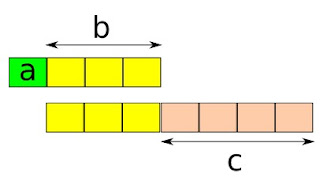Another algebra problem - or is algebra needed?
Updated! There are some marbles in Box A and Box B. If 50 marbles from Box A and 25 from Box B are removed each time, there will be 600 marbles left in Box A when all marbles are removed from Box B. If 25 marbles from Box A and 50 marbles from Box B are removed each time, there will be 1800 marbles left in Box A when all marbles are removed from Box B. How many marbles are there in each box? Again, this is from Singapore and teachers have told students not to use algebra to solve this question. However, any form of heuristic tools are allowed to facilitate the students in solving the questions. I'd like to point out that I feel it's a good problem, but students might benefit from some "preparation". You could set up a preparation problem like this: Jar A has 100 marbles and jar B has 40 marbles. You will start removing marbles one by one from jar A, but by 2's from jar B. How many marbles are left in jar A when jar B is empty? What if you remove 2 marbles at a tim
